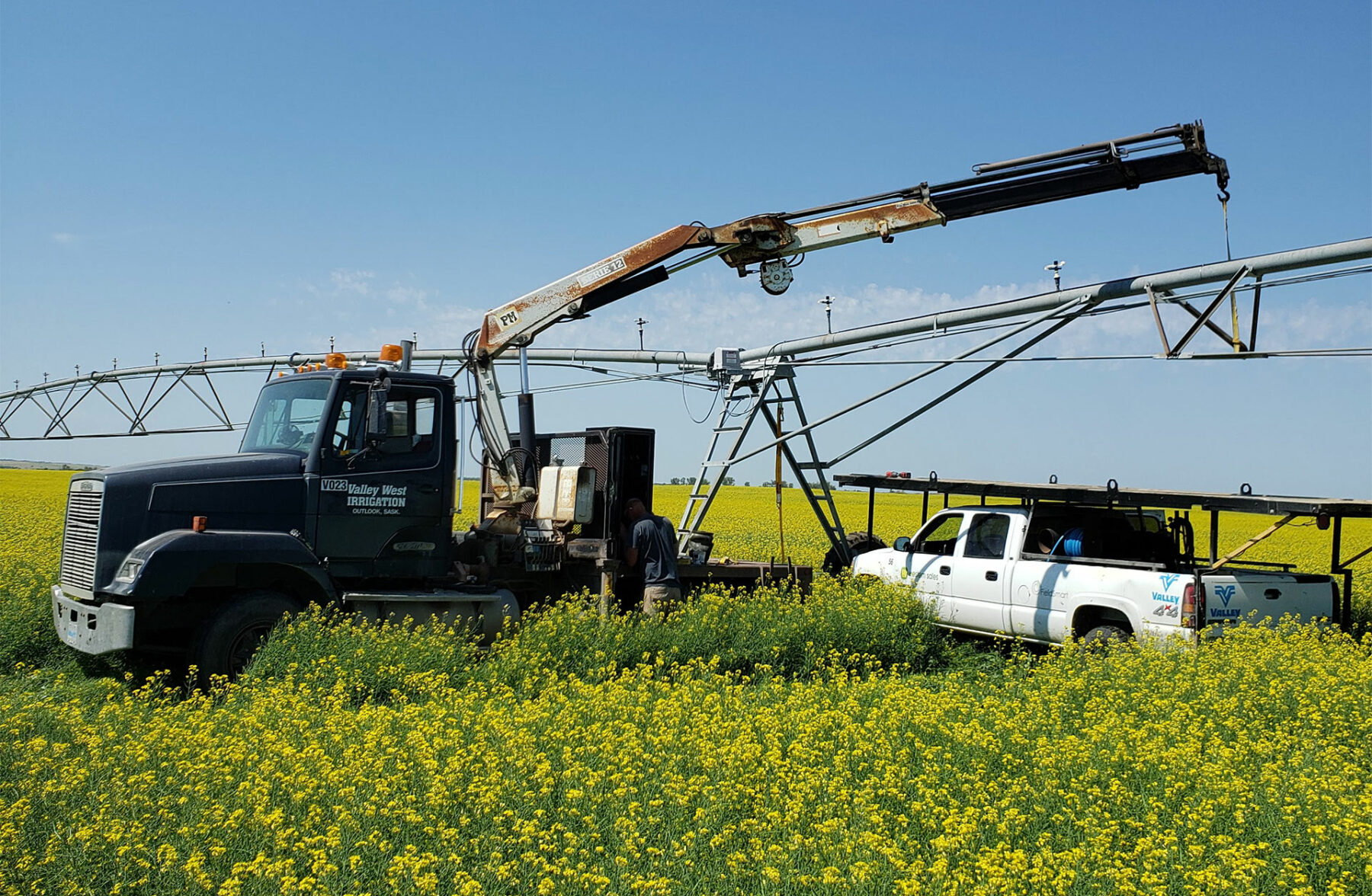Irrigation equipment has become a necessary tool for many farmers around the world to ensure their crops remain adequately hydrated and productive. While this equipment can be incredibly beneficial in aiding crop growth, it can also have a significant environmental impact.
The most common form of irrigation equipment is sprinkler systems, which can often lead to water wastage due to their lack of precision. Much of the water that is sprayed over the crops is not absorbed and instead runs off into nearby waterways, leading to higher levels of water pollution. If you want to get more information about Irrigation equipment, you can contact Western Water Management.

Drip irrigation is becoming increasingly popular due to its ability to conserve water, but it can also be a source of environmental damage. The chemical fertilizers and other additives used in the irrigation water can seep into the ground, leading to contamination of the soil and groundwater. This can be damaging to local ecosystems and can have a lasting impact on the quality of the land.
Another form of irrigation equipment is center pivot systems, which are often used in large-scale farming operations. These systems require a great deal of energy to operate, and the electricity used to power them can create significant amounts of air pollution. The heavy machinery used to transport the center pivot systems can also cause soil compaction, leading to soil erosion and other long-term damage.
Overall, irrigation equipment can be beneficial for crop production, but it is important to consider the potential environmental impact of these systems. By using equipment that is efficient and using chemicals in a responsible manner, farmers can help to reduce the environmental damage caused by their irrigation equipment.